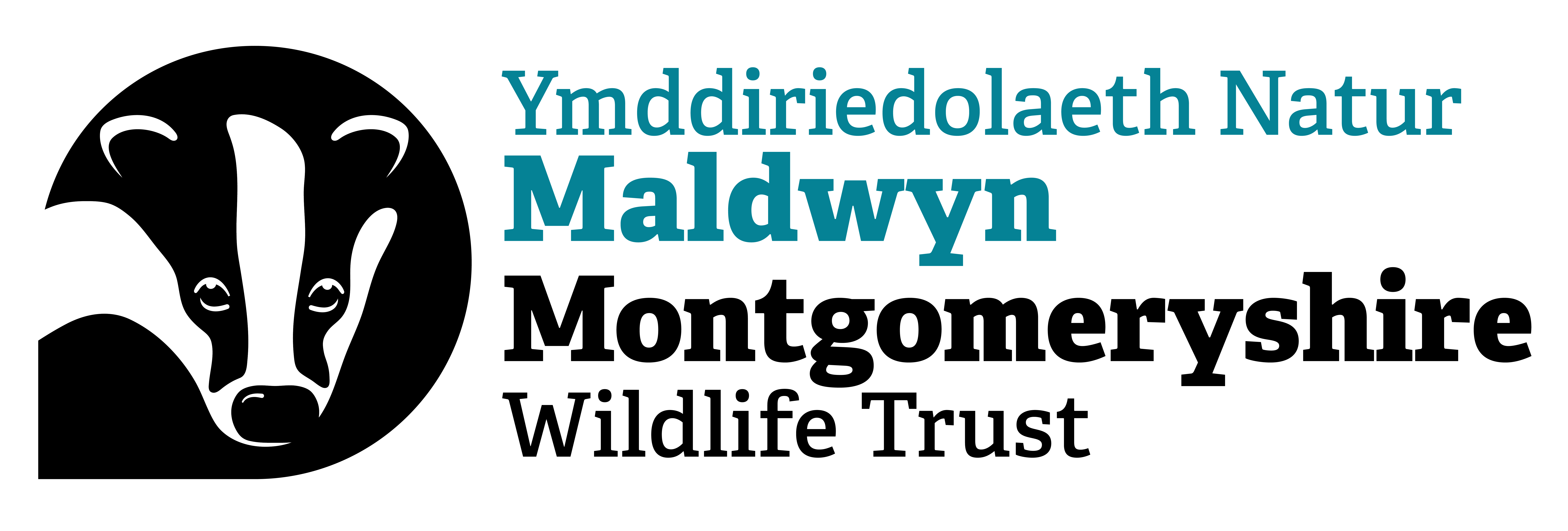Search
Chwilio
Ash
A common tree, ash is familiar to many of us for its autumnal bunches of winged seeds, called 'keys'. It can be found in woodlands and prefers damp and fertile soils.
Hornet mimic hoverfly
With black-and-yellow markings, the hornet mimic hoverfly looks like its namesake, but is harmless to us. This mimicry helps to protect it from predators while it searches for nectar.
Scarlet elfcup
As its name suggests, the scarlet elfcup is a bright red, cup-shaped fungus. It is widespread, but scarce, and can be found on fallen twigs and branches, in shady, damp places.
Dolydd Gobaith- Meadows of Hope
Fferm Goedwig Gymunedol Dyffryn Tanat Valley Community Forest Farm Community Interest Company (CIC) was established in September 2020. Montgomeryshire Wildlife Trust have supported the group as…
Lowland heath
Heathlands form some of the wildest landscapes in the lowlands, where agriculture and development jostle for space, containing and limiting natural processes. Once considered as waste land of…
Common laburnum
Common laburnum is an introduced species, planted in parks and gardens. It is most recognisable in flower - its hanging bunches of yellow blooms giving it the name 'Golden rain'. It is…
Ruby elfcup
As its name suggests, the ruby elfcup is a bright red, cup-shaped fungus. It is widespread, but scarce, and can be found on fallen twigs and branches, particularly in areas with higher rainfall.…
My kind of festival
Erin has spent 25 years connecting people and wildlife as part of Nottinghamshire Wildlife Trust’s team that delivers events and open days at sites across the county including the annual Skylarks…
Corporate membership
My mission
Megan is fascinated by the wide variety of British wildlife, particularly discovering what lives in the garden. She loves putting out the moth trap overnight and finding the moths in the morning.…
My inspiration
Iolo Williams, BBC TV naturalist, loves visiting Parc Slip Nature Reserve near Bridgend. It’s the perfect wildlife day and the arable fields inspire him in his personal and professional life - a…
